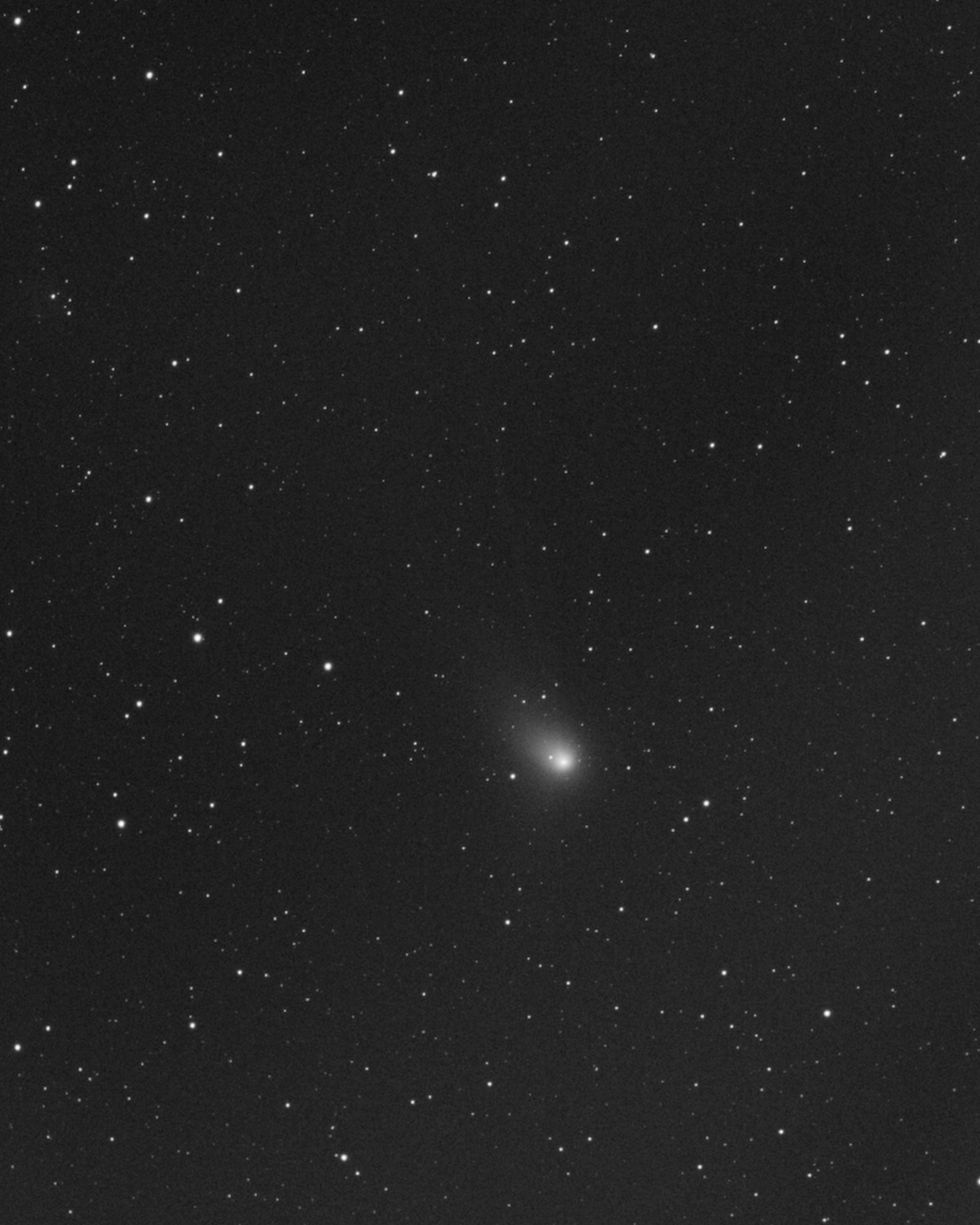
Plate I
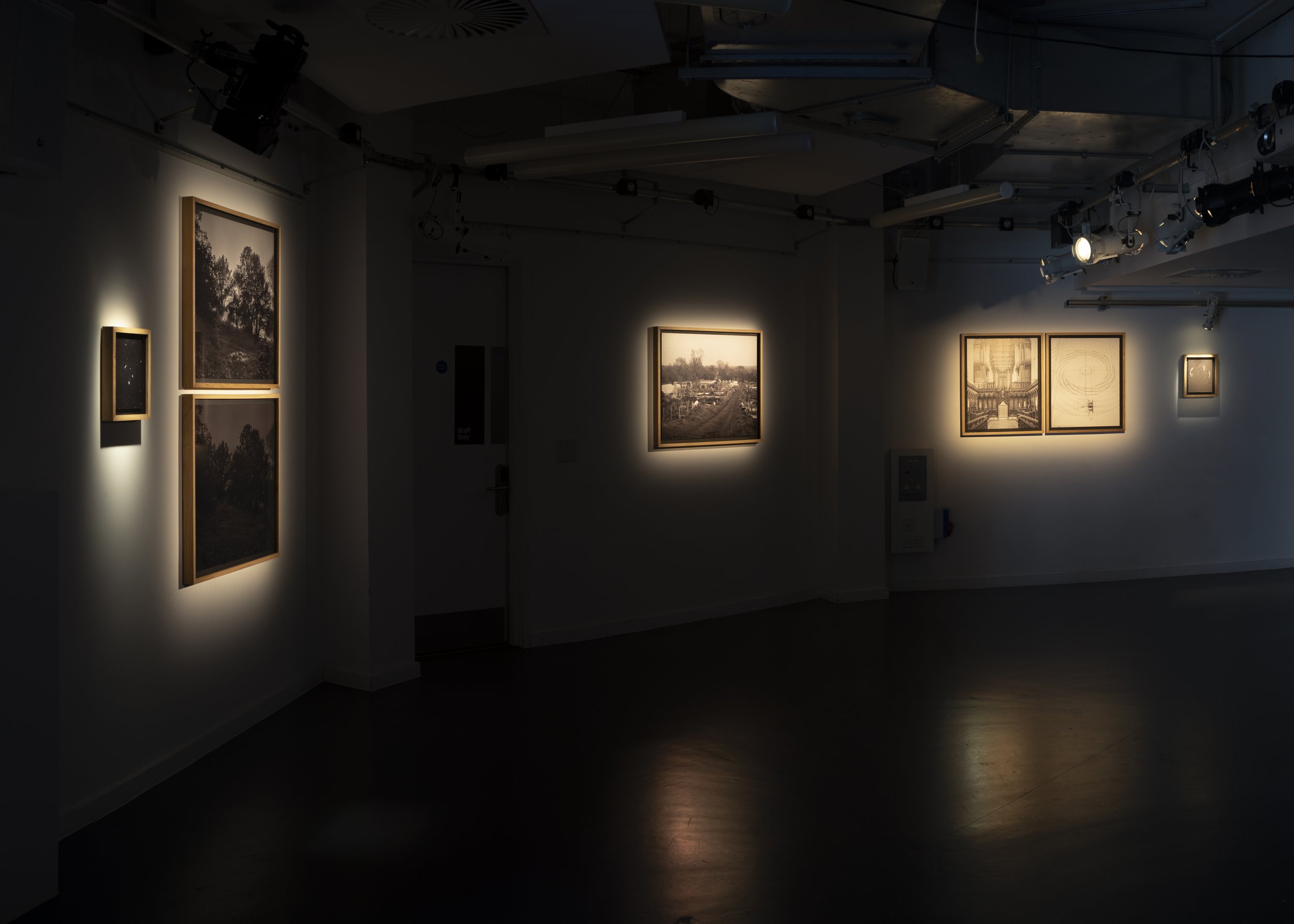
Solo show at the Attenborough Centre for the Creative Arts October 2024
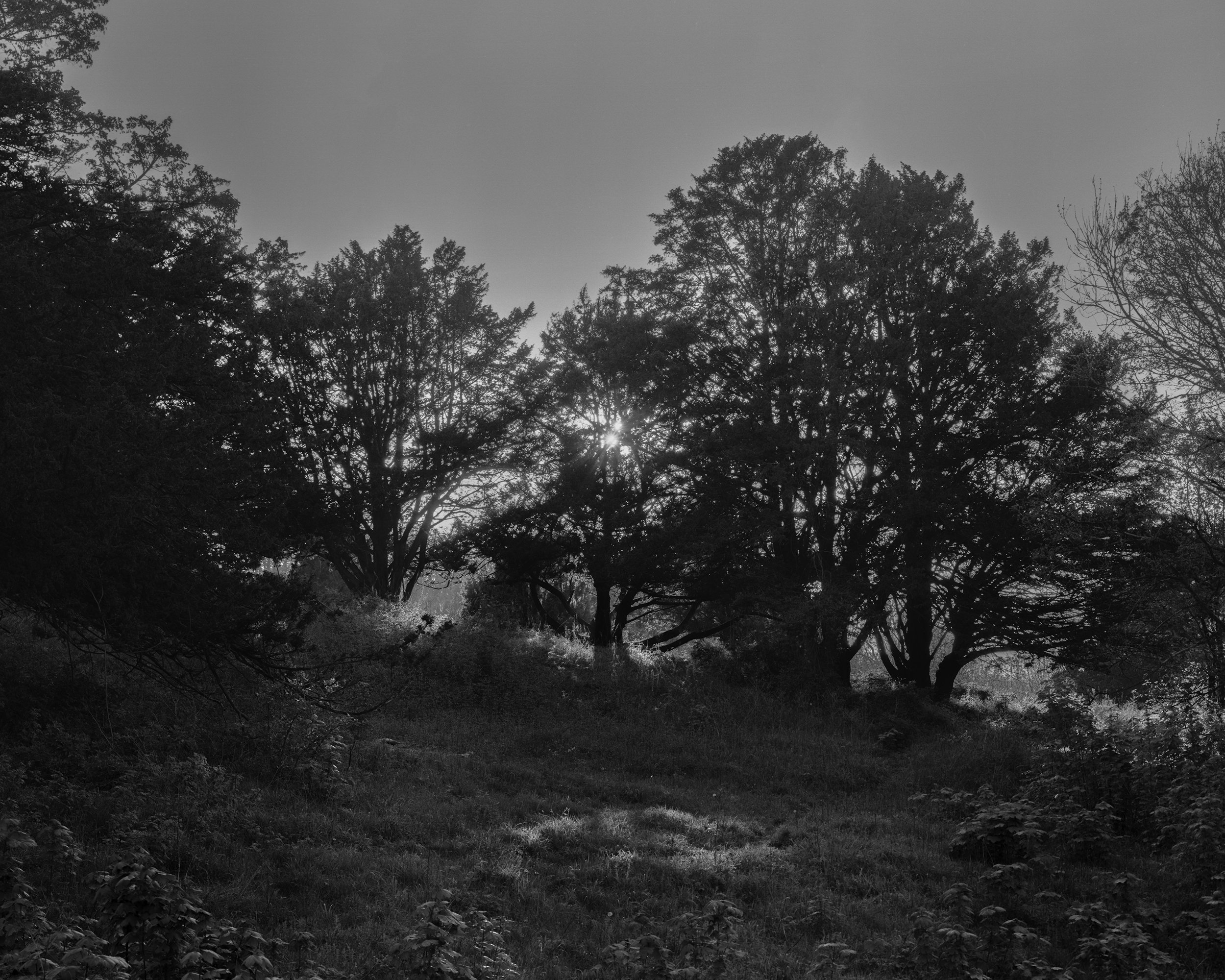
Plate II

Plate III

Plate IV
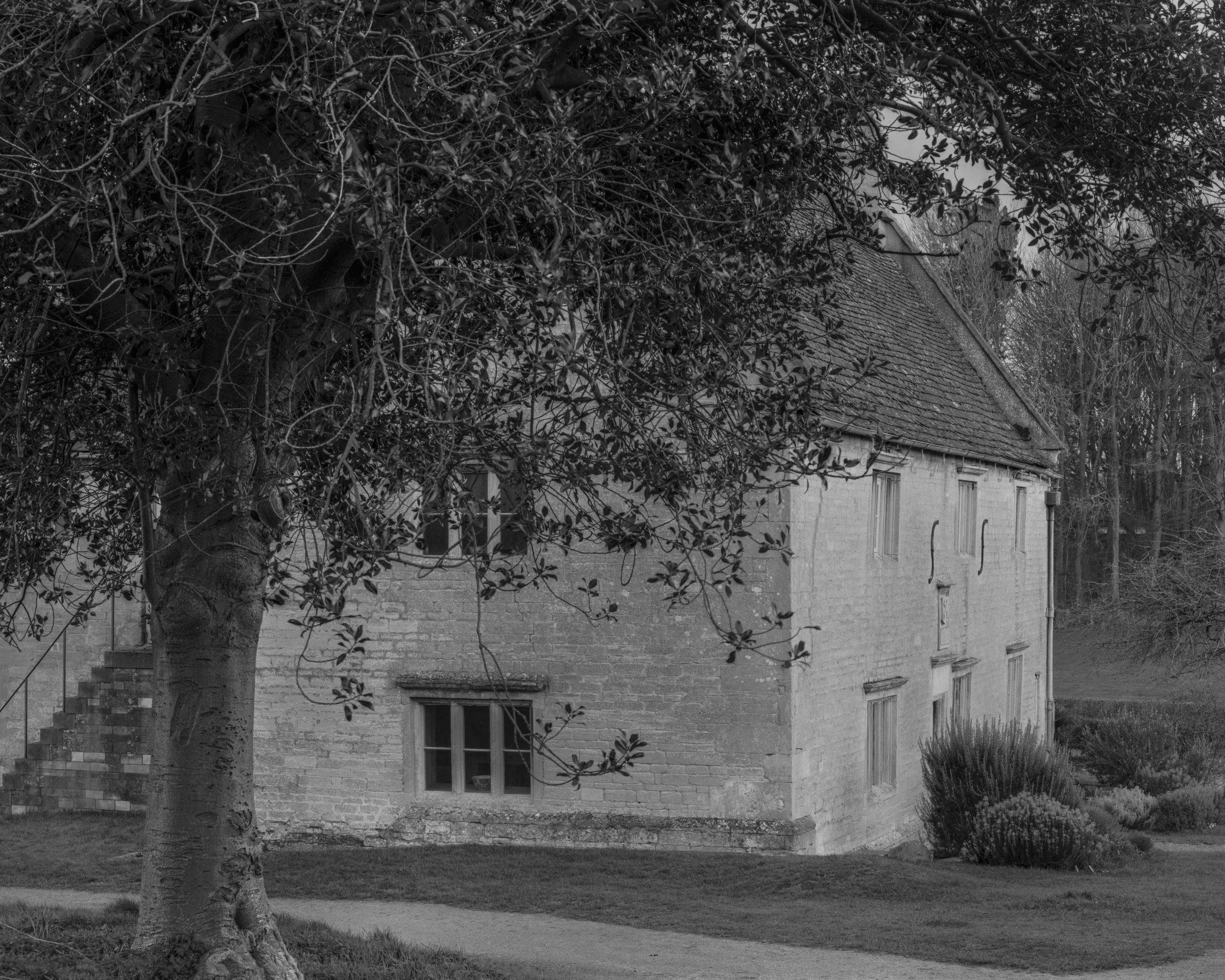
Plate V
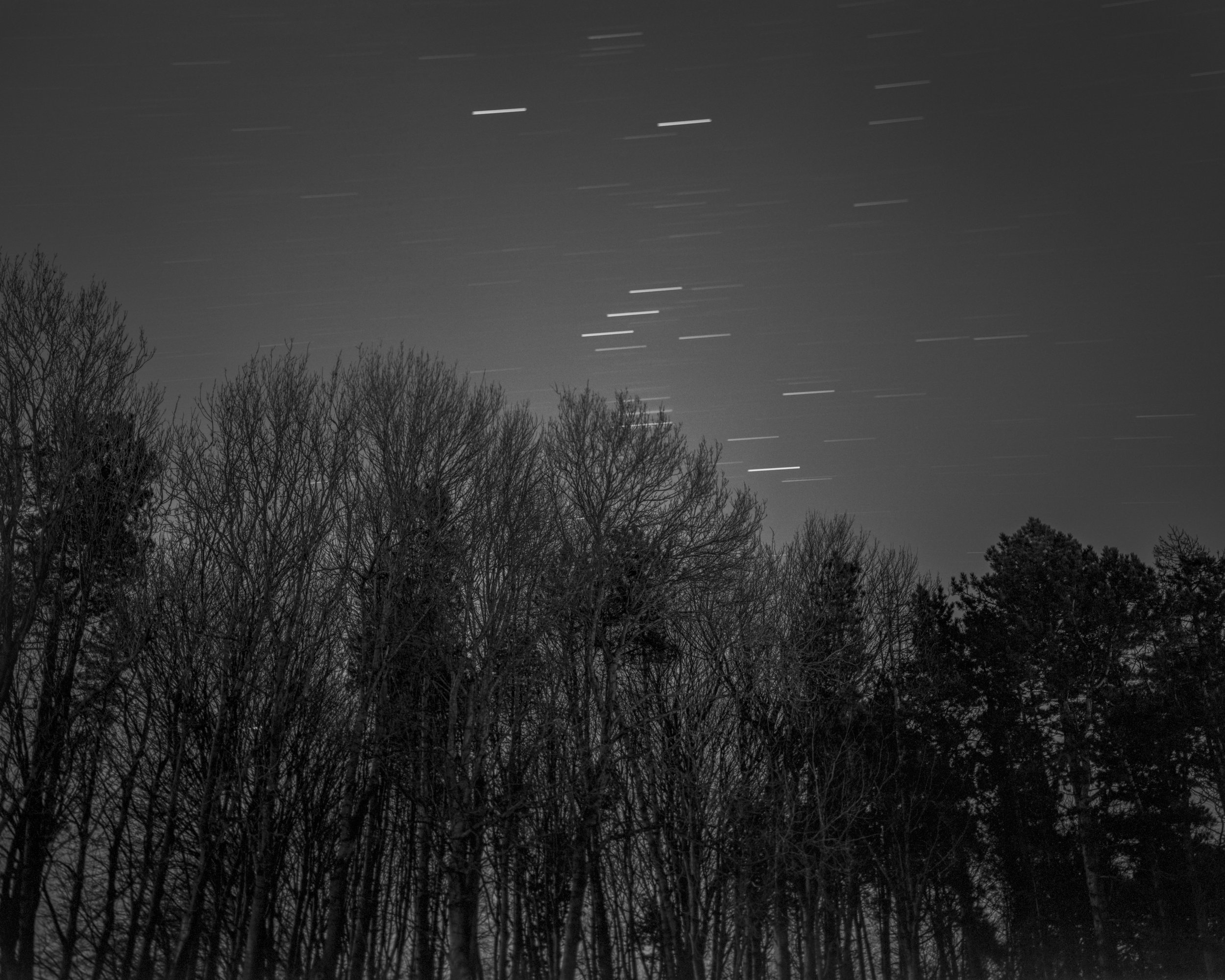
Plate VI
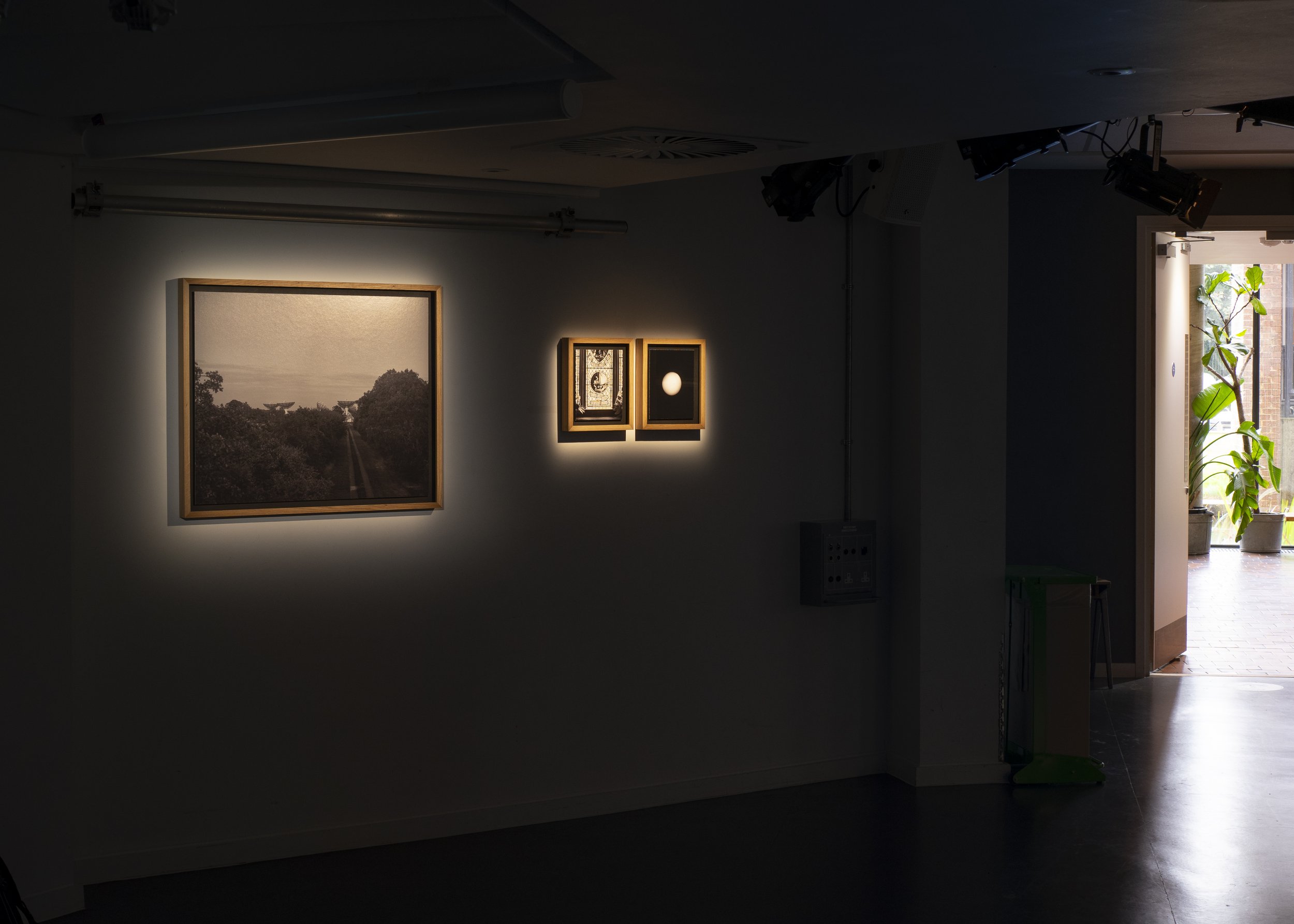
Solo show at the Attenborough Centre for the Creative Arts October 2024

Plate VII

Plate VIII
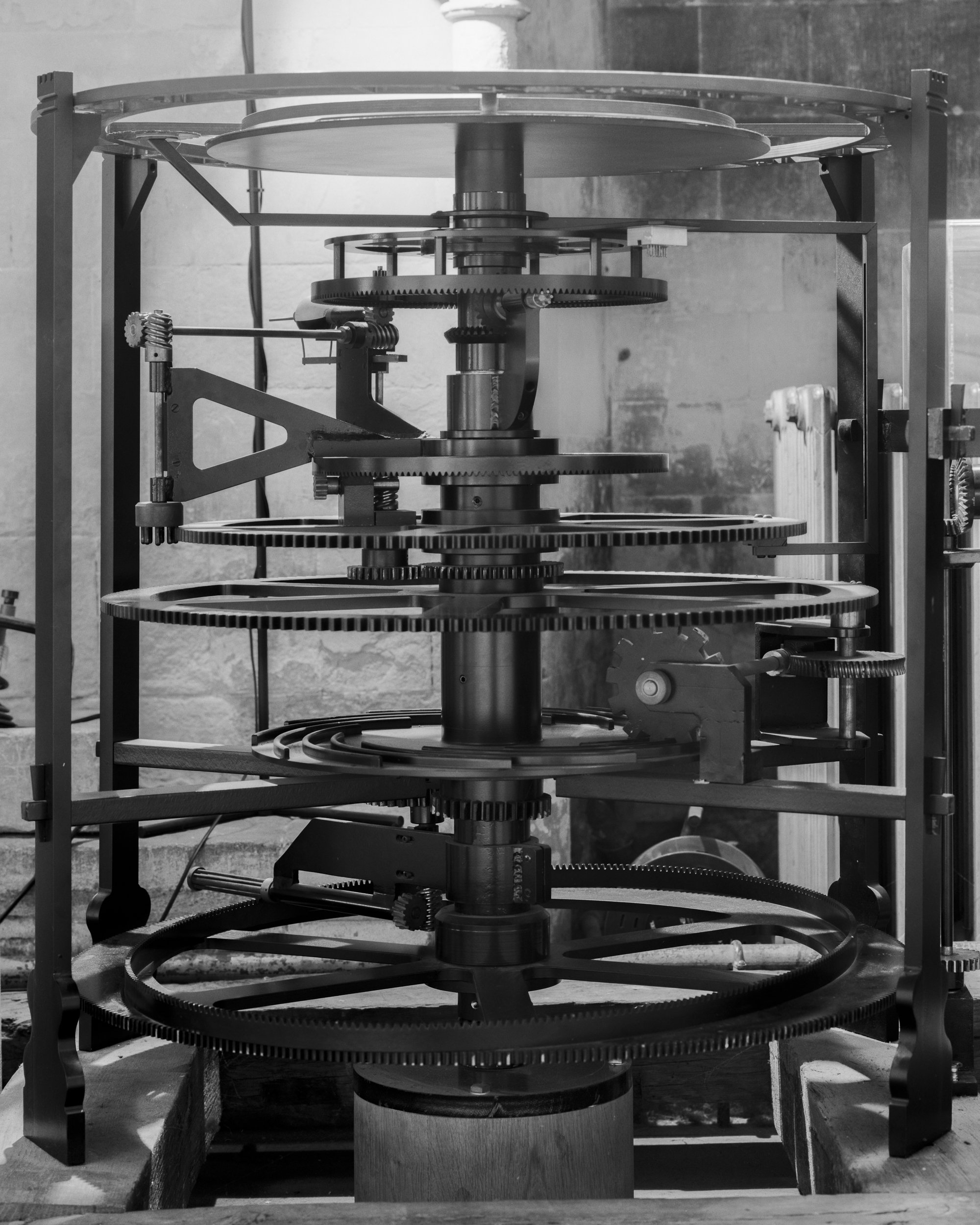
Plate IX

Plate X
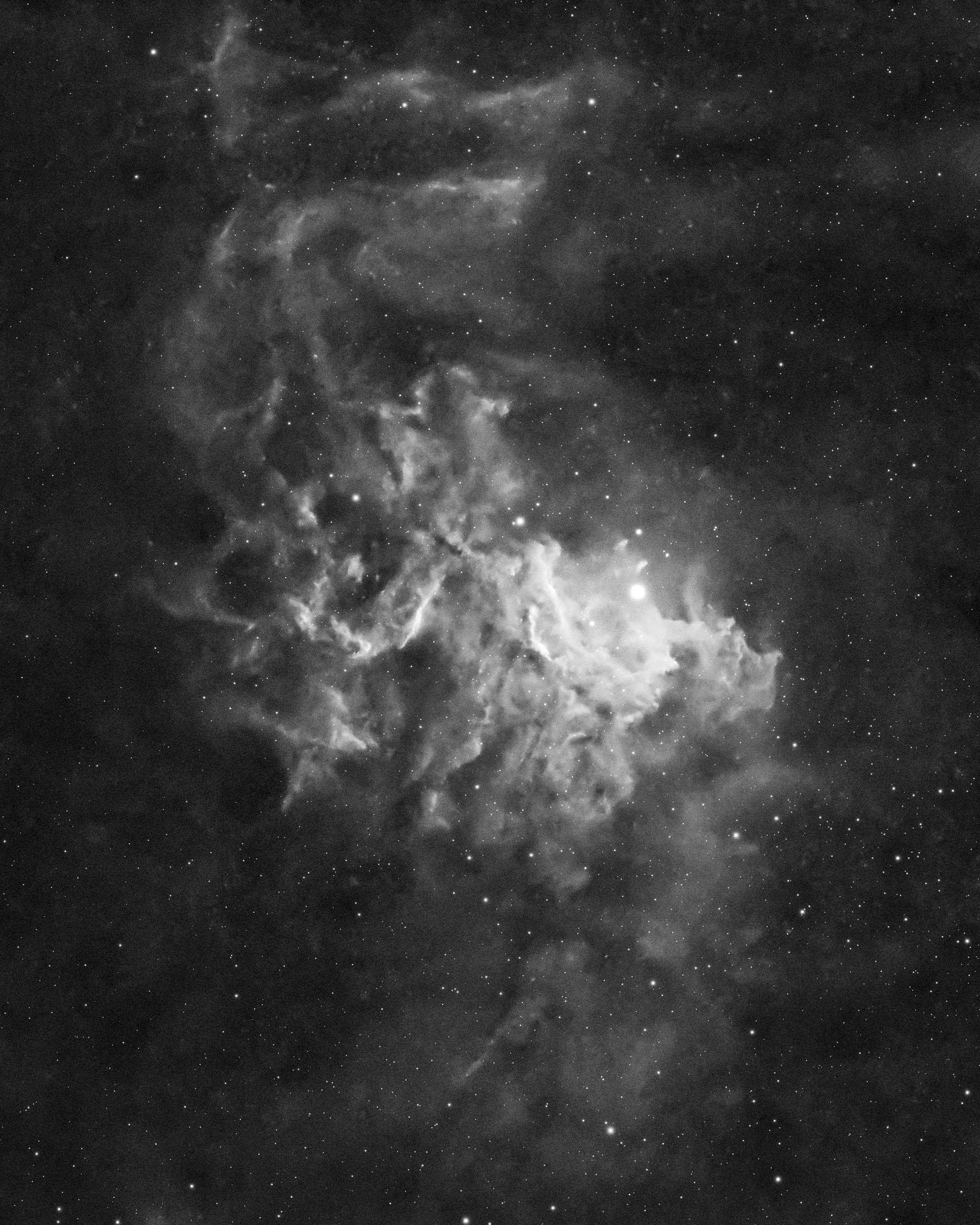
Plate XI
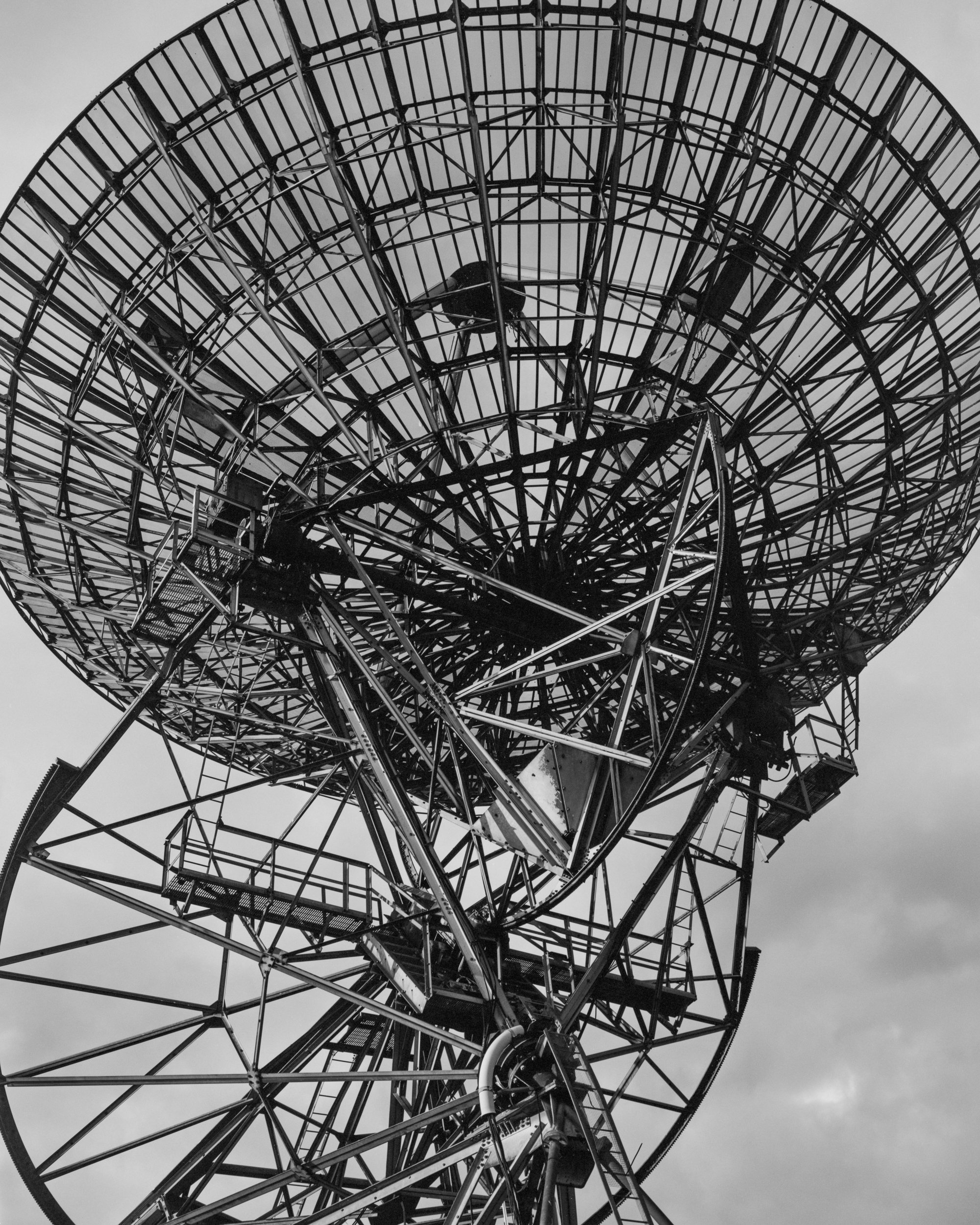
Plate XII

Plate XIII

Plate XIV

Plate XV

Plate XVI

Solo show at the Attenborough Centre for the Creative Arts October 2024
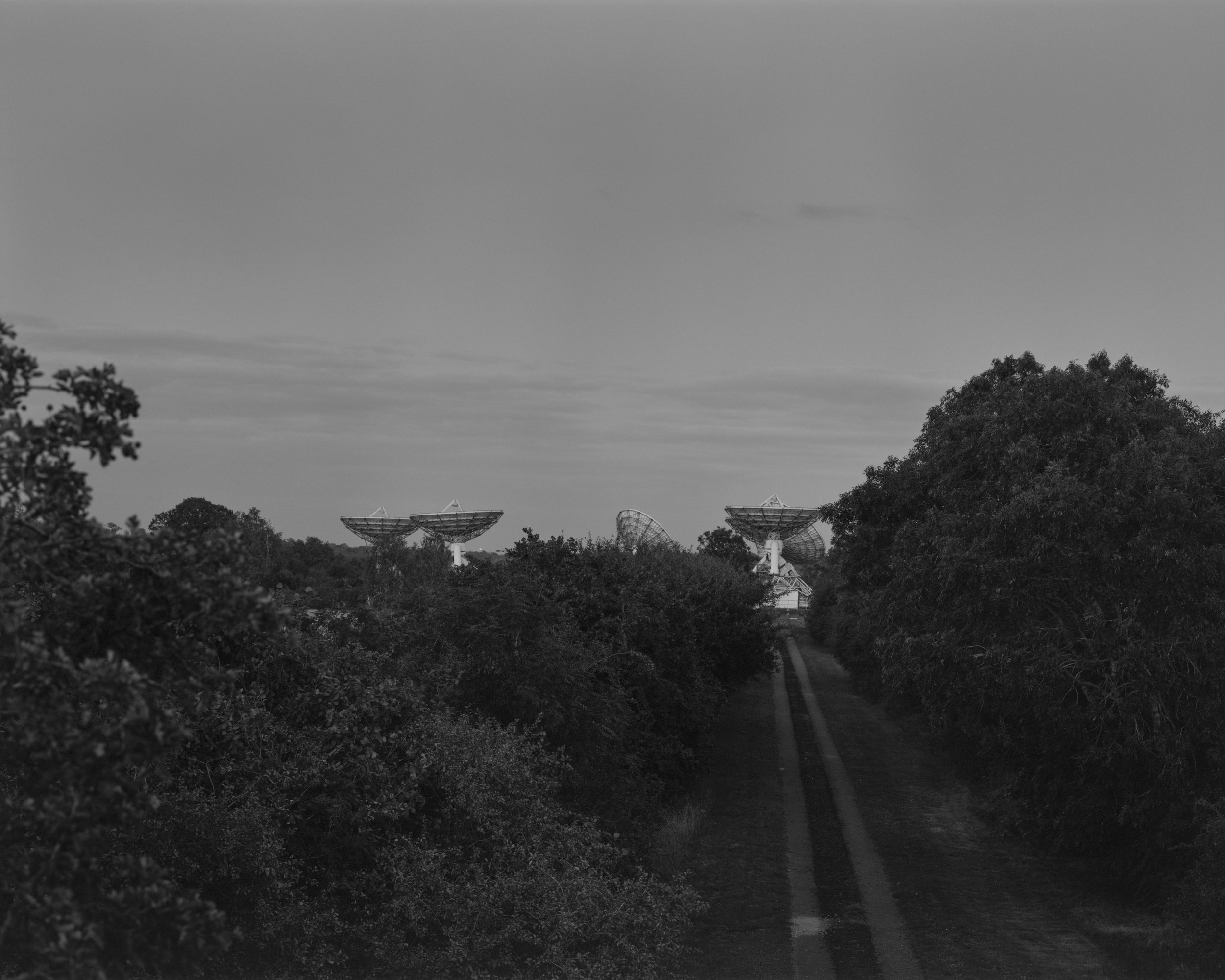
Plate XVII
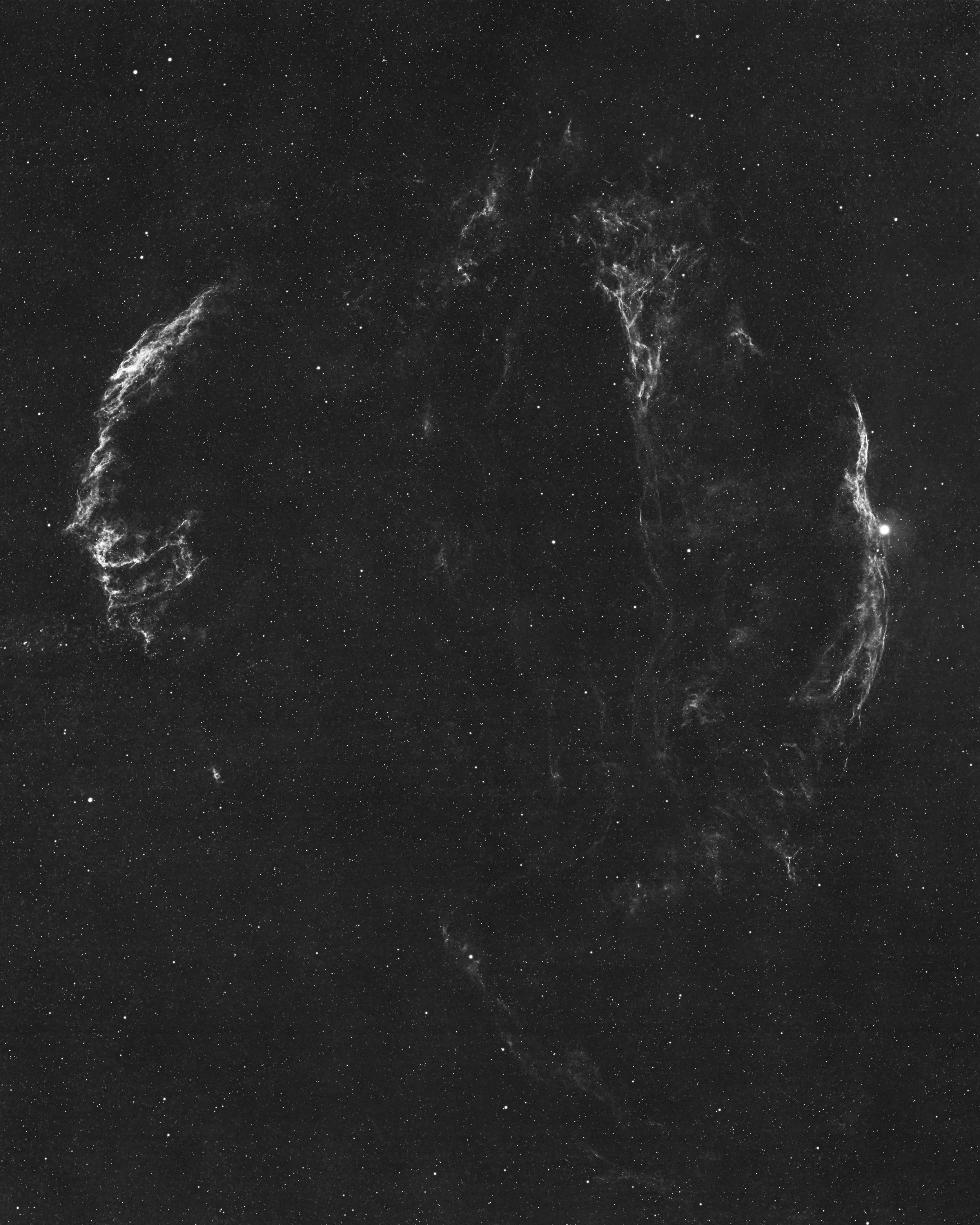
XVIII
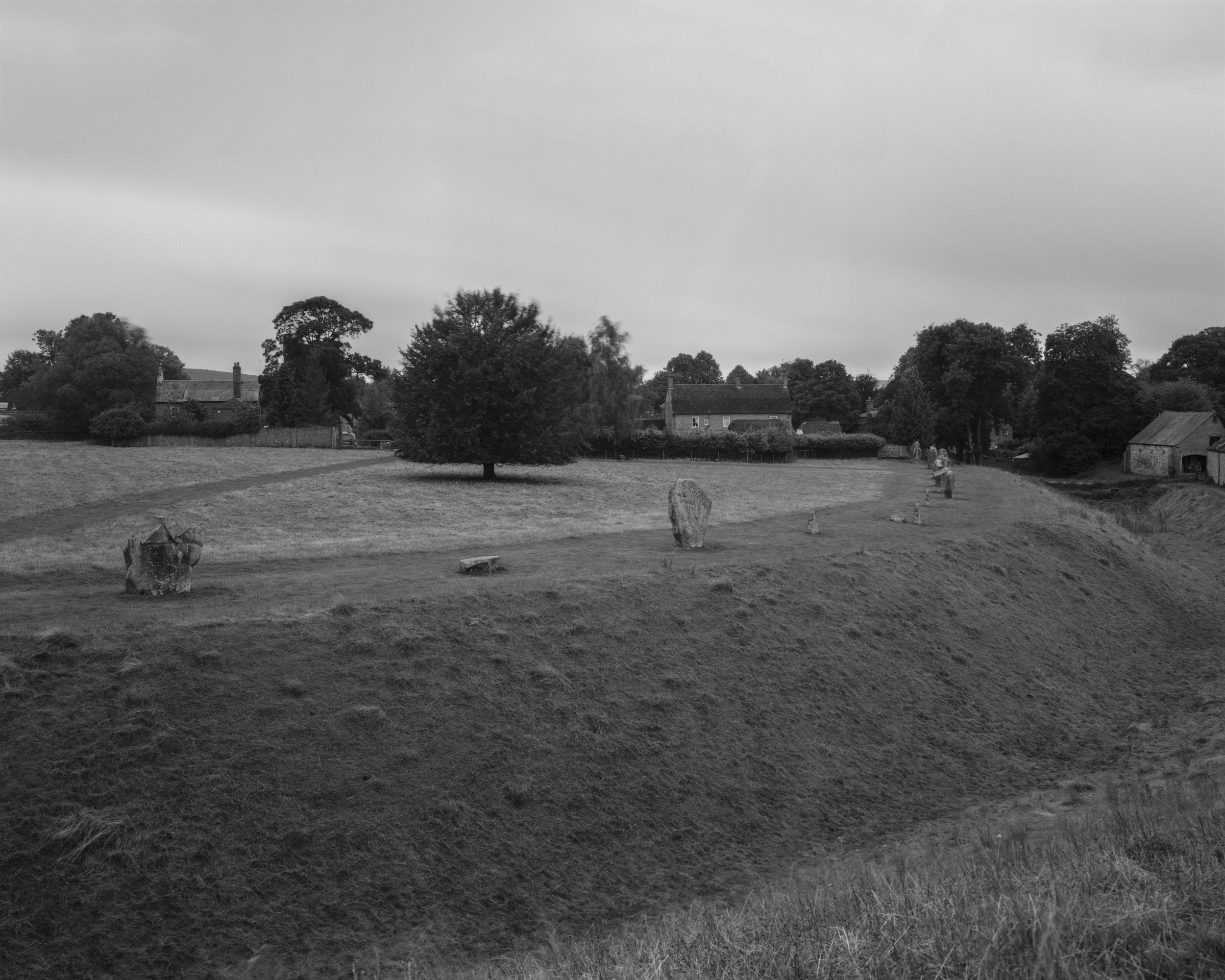
Plate XIX
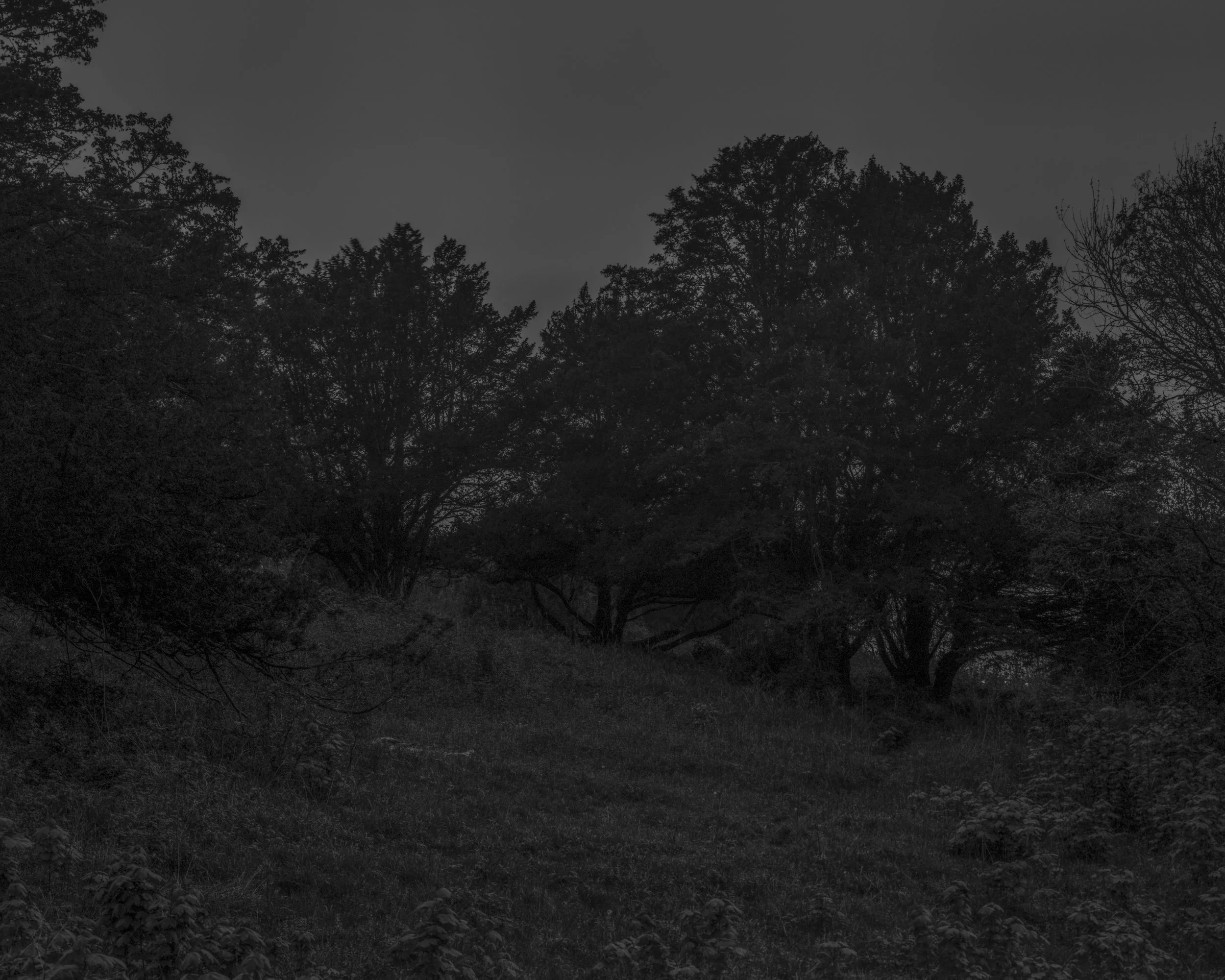
XX

Solo show at the Attenborough Centre for the Creative Arts October 2024
Plate I - Comet C/2022 E3 (ZTF) As it moves away from the sun
Plate II - Danebury Meteorite, estimated impact between 800 B.C - 50 B.C. 30 grams
Plate III - Lovell telescope
Plate IV - The Leo Triplet, 3 galaxies about 35 million light years away. M65 and M66 were discovered in 1780 by Charles Messier, and NGC 3628 four years later by William Herschel
Plate V - Sir Isaac Newtons Manor, surrounded still by apple trees. Born in 1643
Plate VI - A southern view of the stars from Sir Isaac Newtons Manor
Plate VII - St Albans Cathedral, home of Wallingfords astronomical clock and his place of work
Plate VIII - Potential grave marking of Richard of Wallingford
Plate IX - Recreation of Wallingfords clock, the original being destroyed during Henry VIII’s reformation of the Abbey
Plate X - Mechanical drawing of Wallingfords clock, originally built in 1327
Plate XI - Flaming Star Nebula/IC 405, emission and reflection nebula surrounding star AE Aurgae. Measures roughly 5 light years across
Plate XII - One Mile Telescope
Plate XIII - Bay window from which Jeremiah Horrocks recorded the transit of Venus across the sun
Plate XIV - Stained glass window depicting Horrocks viewing the transit of Venus in 1639
Plate XV - The sun imaged through a helioscope with the viewing screen replaced with photographic paper
Plate XVI - Barwell Meteorite, observed fall 24th December 1965 - 44 kilograms
Plate XVII - Arcminute Microkelvin Imager (AMI) duel array radio telescope
Plate XVIII - Cygnus Loop Supernova Remnant - An exploded star
Plate XIX - A section of Avebury Stone Circle built and altered between 2850 B.C. - 2200 B.C. Can be used to track the time of year
Plate XX - Danebury Meteorite - night